How urban trees can help migratory birds
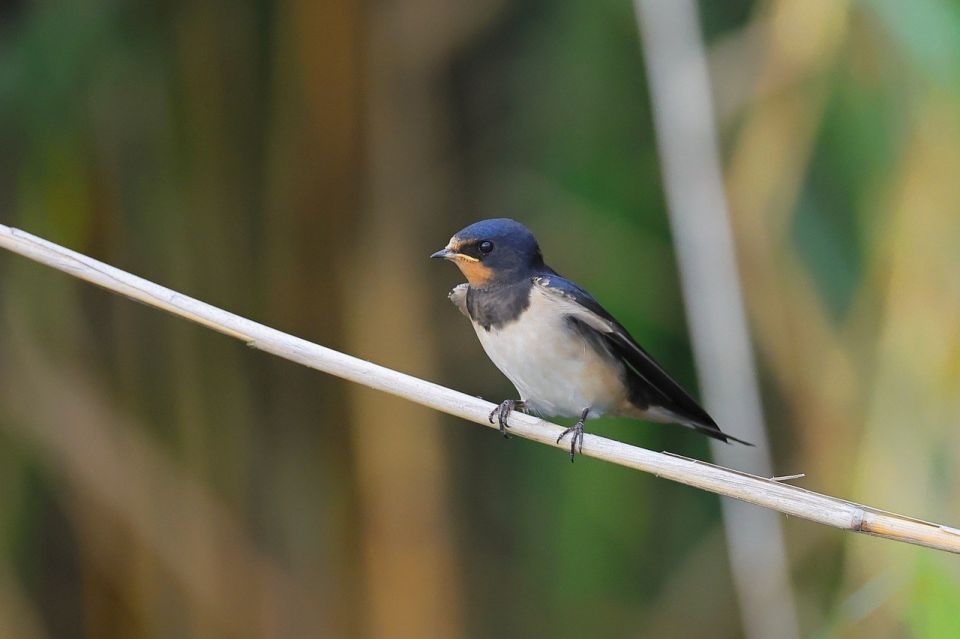
Trees for Cities supporter Samantha Stocks delves into the extensive research out there that analyses the connection between urban trees and migratory birds, and provides us with a concise summary below.
It’s been well-documented that trees in our urban spaces are important for both our mental and physical health, but they’re also crucial for wildlife to be able to survive in our increasingly urbanised world.
Migratory birds are becoming reliant on trees in urban spaces, and scientists are discovering that towns and cities, although often dangerous for birds, can sometimes help to support migrating species.
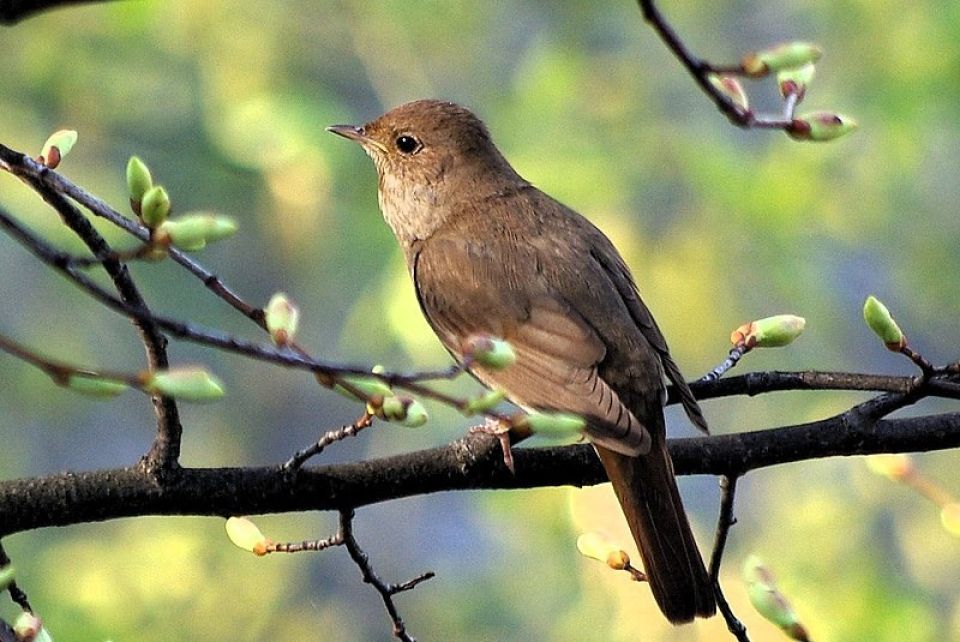
URBAN GREEN PIT SPOTS
Research has found that migratory bird species are frequently using cities and towns as ‘pit stops’ to refuel during their long migration routes, and surprisingly enough, these birds are faring very well in urban environments.
Researchers Rodrigo Pacheco-Munoz, Jorge Schondube and colleagues from the National Autonomous University of Mexico recorded yellow-rumped warblers near the city of Morelia in Mexico during their migration. The birds in the urban green spaces were found to be just as healthy as birds at non-urban sites.
Ten years ago, argues Schondube, there were no records of the warblers in Morelia, but now they seem to be depending on the mature trees in the city’s urban green spaces. “Well-developed trees can harbour hundreds of insect species and can therefore support warblers, which are insectivores,” he says. Warblers were rarely, if ever, found in city spaces that lacked tree cover.
Other studies have also analysed tree canopy cover in urban spaces, and whether this affects the number of birds and the species that are inhabiting these areas.
While you're here...
We've been planting for over 30 years - that's a lot of mature trees now providing safe pit stops and food for migratory birds! But we can't stop now. Some urban areas in the UK have canopy cover as low as 2% - we're trying to change that.
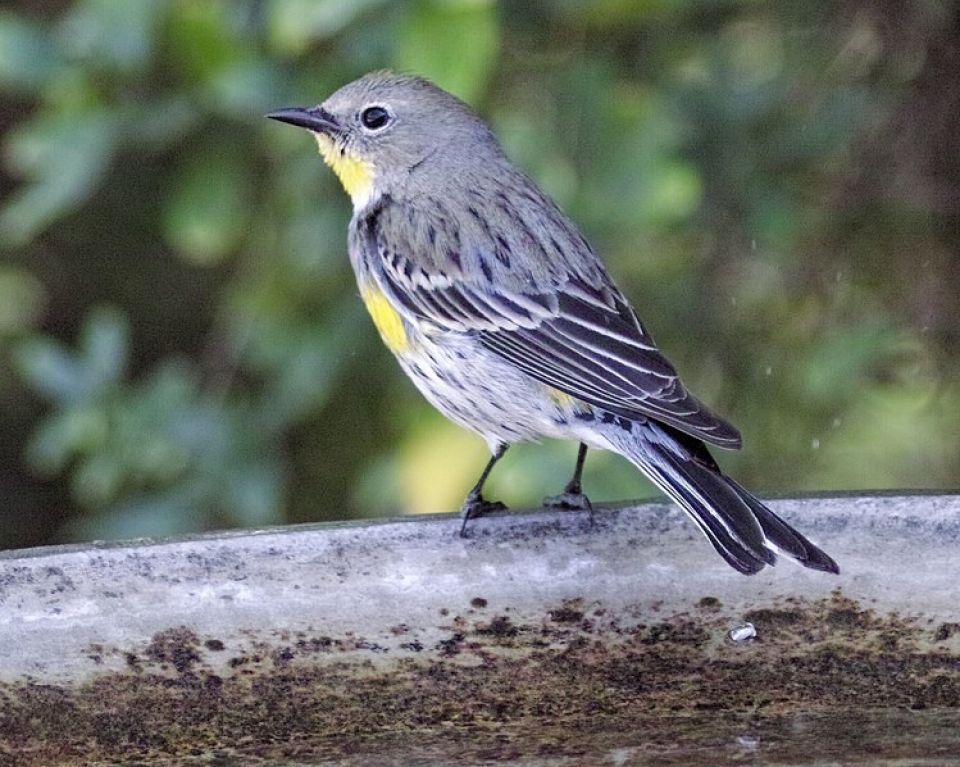
more trees means more birds
A team from Colorado State University analysed millions of bird observations by citizen scientists to document migratory bird species in 333 US cities throughout the year. The researchers took into account factors such as light pollution and tree canopy cover.
“We found that tree canopy cover was associated with more migratory bird species during spring migration and the summer,” said researcher Frank La Sorte in his article for The Conversation. “Trees provide important habitat for migratory birds during migration and the breeding season, so the presence of trees can have a strong effect on the number of bird species that occur in cities.”
A paper by Ryan Byron and colleagues from the University of Florida published in Science Direct similarly concluded that both residential areas and urban trees can provide a stopover habitat for migrating birds, and that these areas were more likely to have more diversity of bird species.
Even bird species that have traditionally needed large forested areas for breeding have now been found to use trees in residential neighbourhoods during migration and non-breeding periods, demonstrating that urban areas with more tree cover are capable of sustaining these birds as a stopover habitat.
Why are birds flocking to urban areas?
It’s clear that more birds and heading into towns and cities, but what’s less clear is exactly why.
Investigating Swainson’s thrushes, which stopover in Montreal en route to Central and South America, Ann Morales and colleagues from the McGill University concluded in their paper that the thrushes are choosing to move to urban green spaces in Montreal as they are rich in foraging opportunities, such as berries, and provide vital water for their continued journey.
But the thrushes, like other birds, can easily access food and water outside city spaces — spaces which offer fewer threats that treacherous urban areas — so why head to human-made environments?
The paper’s co-author, Barbara Frei, thinks that the reason could be due to light. Birds use starlight to navigate, and could be drawn to the bright lights of towns and cities, she theorises.
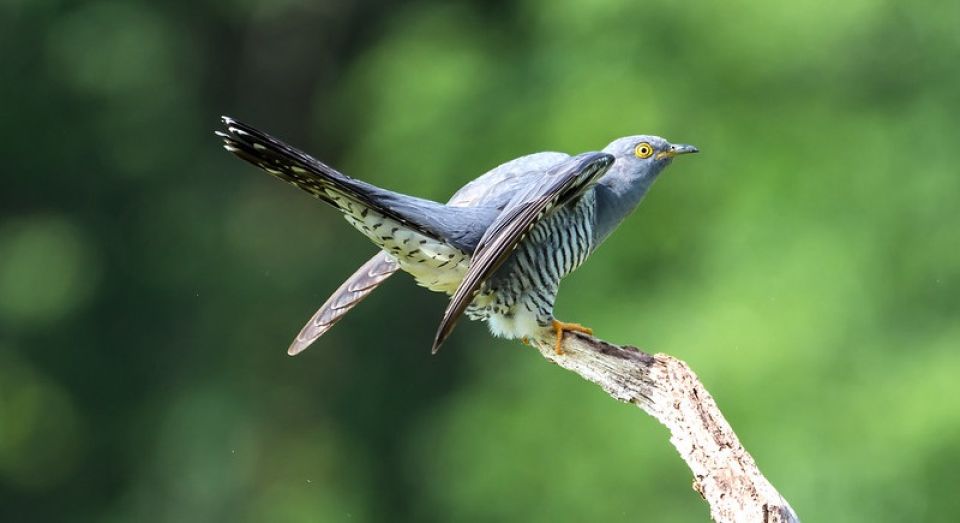
How can we help migratory birds in urban spaces?
Although these studies have been centred on bird species and cities in North and South America, migratory species the world over have been found to be using cities during their stopovers.
In the UK, bramblings, chaffinch, redwings, chiff chaff, wagtails and waxwings are all birds that are commonly found in our bustling urban spaces, from residential gardens, to supermarket car parks, and everywhere in between — as long as there are trees to sustain them.
Of course, most bird species rely on other habitats to survive, such as wetlands, large forests, or coastlands. But as many studies prove, birds are increasingly relying on the trees in our urban spaces. We need to make our cities greener to support them, protecting the green spaces that already exist, and increasing urban tree cover.
As well as being great for the birds, it might just help to make us feel better, too. Collaborative research between BTO, and the Universities of Exeter, Cranfield and Sheffield has shown that the biodiversity of towns and cities contributes to human well-being. They found that residents of neighbourhoods with a high abundance of birds suffer less from depression and stress, while people living in areas of high-density housing are less likely to experience positive interactions with birds.
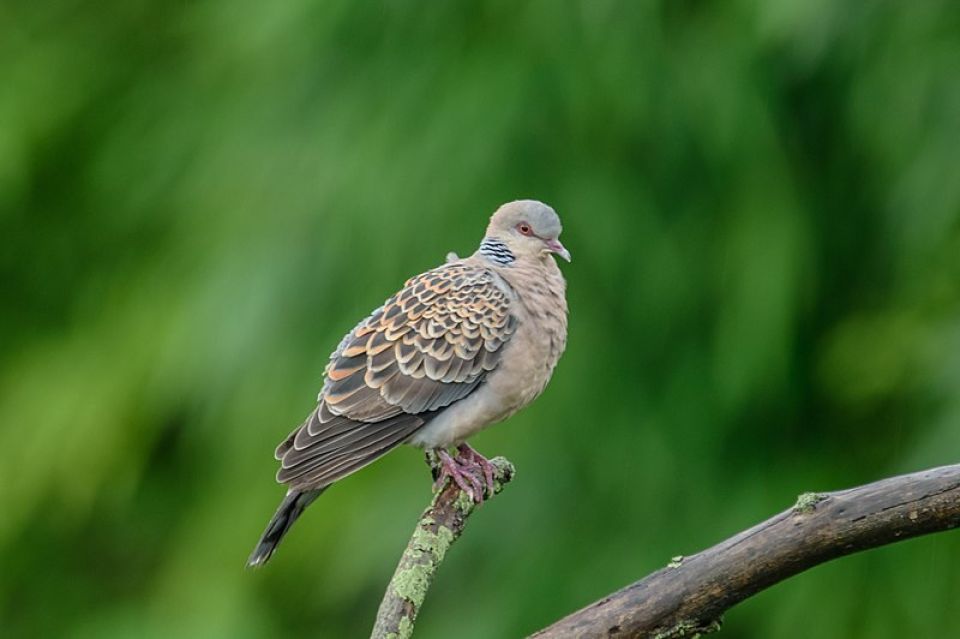
It doesn’t take a scientist to reach the conclusion that more trees are able to help more birds to survive during their city visits, but the answer may well lie with urban planners and developers themselves.
Researchers from the University of Florida argued in their paper that developers and city planners need to be taking green spaces into consideration when planning, and need to make allowances for managing and conserving forest fragments and residential trees that are so important for migrating birds. In turn, this will help them “to complete their incredible journeys” and “will help maintain their populations into the future,” argues La Forte, writing in The Conversation.
Barbara Frei from McGill University similarly proposes that urban planning needs to take migratory birds into account, and that every urban plan needs to include vegetation suitable for birds and other species. She argues, “We should plan it for all different things together — it’s good for people, it’s good for the planet, it’s good for the wildlife.”
Interested in urban greening?
Stay in the know by signing up to our mailing list and receive news and opportunities from your favourite urban tree charity straight into your inbox.
Donate to Trees for Cities and together we can help cities grow into greener, cleaner and healthier places for people to live and work worldwide.
Donate